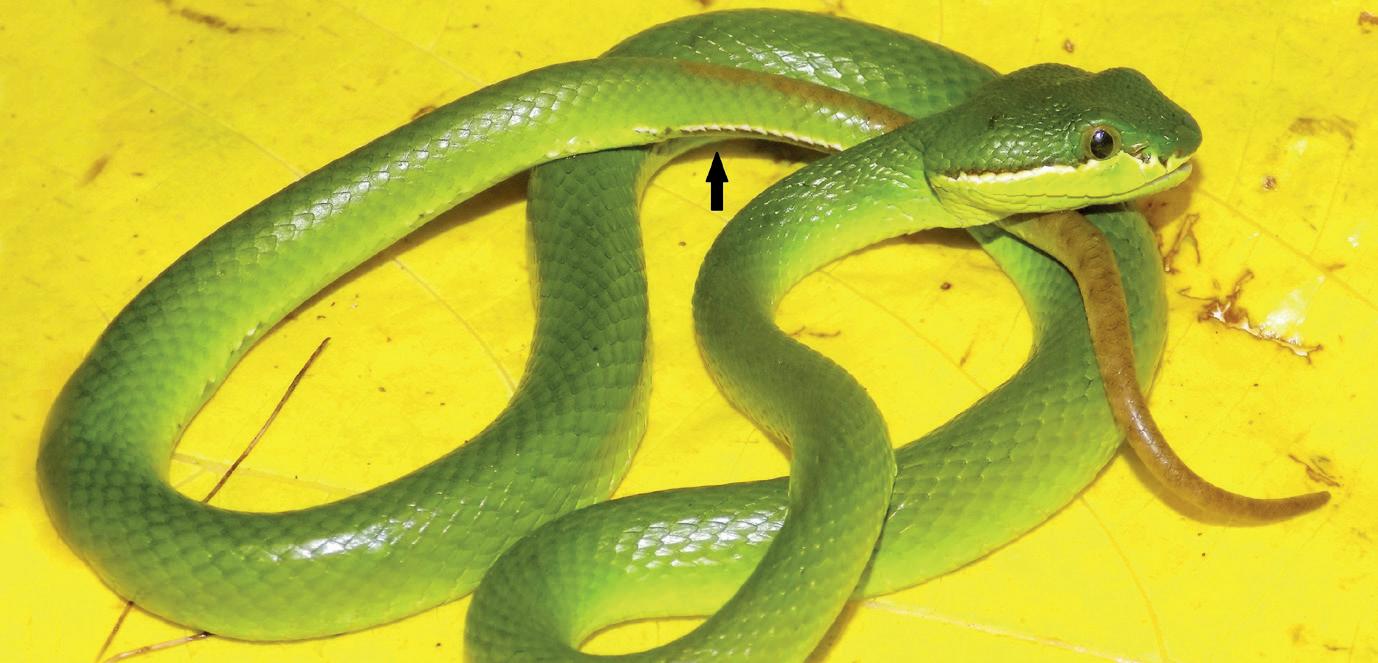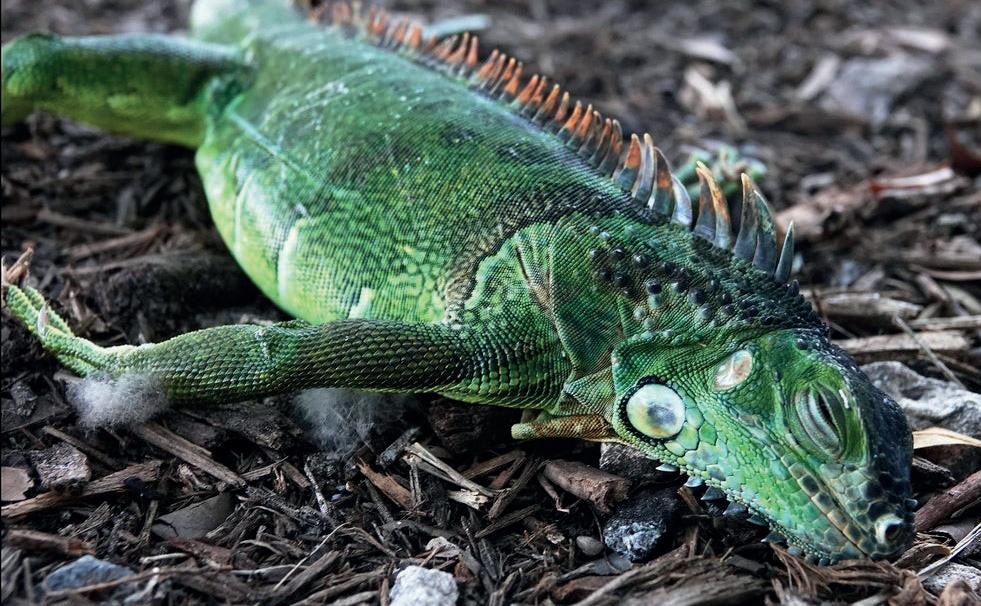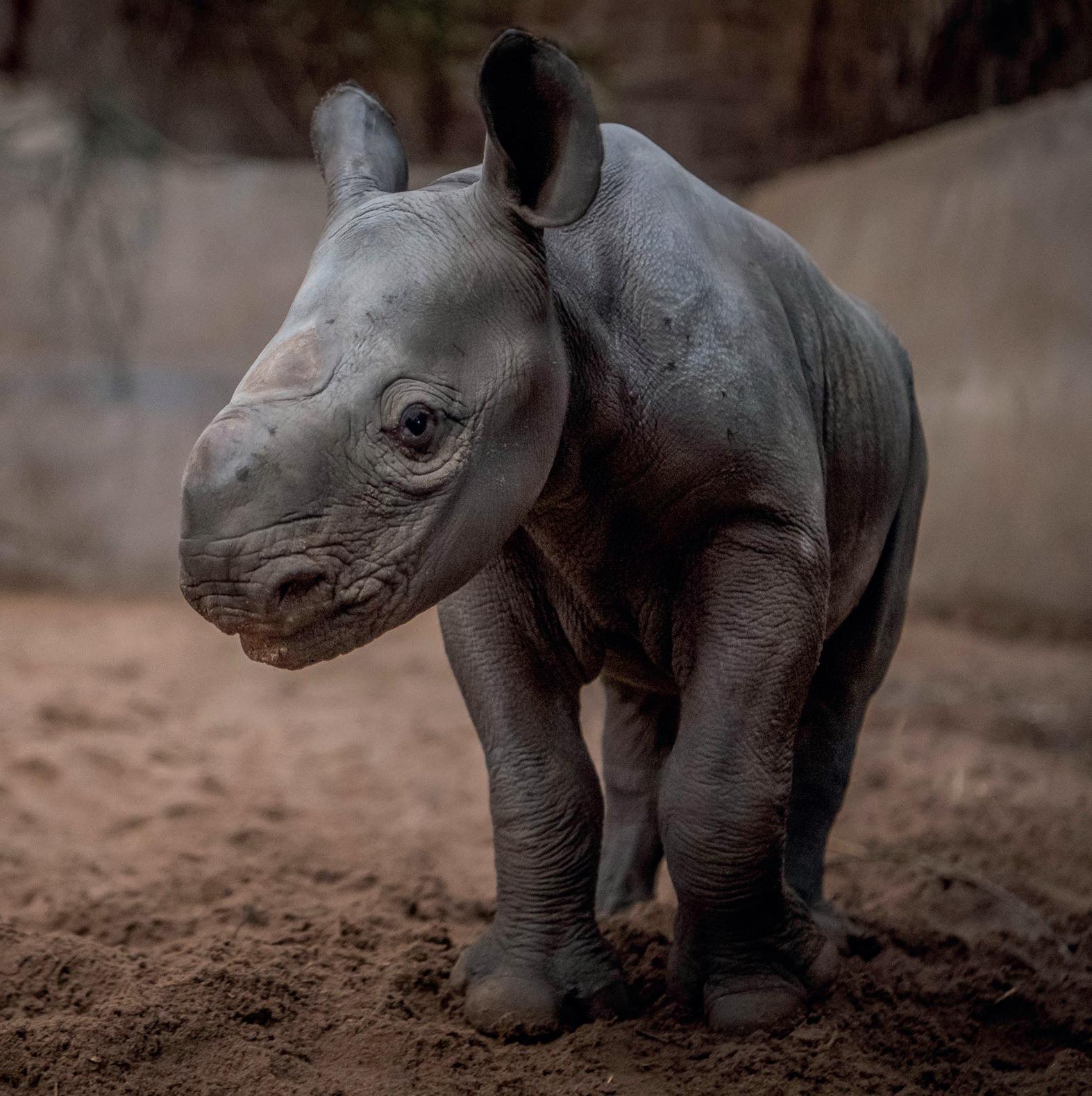
2 minute read
EXOTICS NEWS
The latest from the world of exotic pet keeping
Despite an uncertain year, Natural History Museum scientists have described 503 new species to science.
Advertisement
This year has seen much activity at the Museum slow down and some of it come to a halt,as the Museum closed its doors to the public for the longest time since the Second World War. But through all this, researchers and scientists have been continuing their crucial work when and where they can.
Over the last 12 months, many have continued working and publishing with Museum scientists - including researchers, curators and scientific associates - managing to describe 503 new species. From almost all kingdoms of life, ranging from lichen, wasps, barnacles, to minerals, miniature tarantulas and a monkey.
The highlight this year is a new species of monkey found living on the side of an extinct volcano in Myanmar, which was identified using skins and bones that have been in the Museum’s collection for over 100 years. It was named the Popa langur ( Trachypithecus popa ) after the mountain on which it is found and sadly already considered to be critically endangered with only 200260 individuals left in the wild.
“We hope that the naming of the species will help in its conservation,” says Roberto Portela Miguez, the Senior Curator in Charge of Mammals at the Museum who helped describe the new species. It has been another good year for the reptiles and amphibians, with a crested lizard from Borneo, two new species of frog and an impressive nine new snakes, including a beautiful viper.



One new species, a parasitic worm Pseudoacanthocephalus goodmani , had a slightly unusual route to discovery. It was found in the faecal pellets of a guttural toad, after this rather unlucky amphibian made the accidental journey from its native Mauritius to the suburbs of Cambridge in the luggage of a tourist, topped off by surviving a cycle in a washing machine before being noticed.
Ken Norris Head of Life Sciences concludes, “With the world changing at an astonishing pace through climate and land use change as well as other numerous pressures on the natural world, it has never been more important to record life on our planet.”
“To protect and preserve life on our planet we need to document and understand it. Thanks to the astonishing effort of the Museum’s researchers during this difficult past year, we now know just that little bit more.”
An unusual weather forecast for Christmas day – Chilly, with the chance of falling iguanas!
Temperatures in Florida on Christmas day dropped to a 21-year low, with temperatures reported to be as low as 1 degree Celsius. It was widely reported that residents should be on the lookout for iguanas that had fallen from trees.
While uncommon, these short snaps of cold don’t usually cause any lasting harm. Local residents were asked to be cautious and avoid mistakenly thinking they had died.

Rare Eastern black rhino birth at Chester Zoo

The female calf was safely delivered by new mum Ema Elsa following a 15-monthlong pregnancy.
The birth was caught on the zoo’s CCTV cameras and shows the little one up on her feet and suckling from mum just 10 minutes later.
Conservationists at the zoo say the arrival of the calf – an eastern black rhino – will be ‘celebrated globally’ as fewer than 1,000 now remain on the planet.
The population of eastern black rhinos in zoos across Europe is vital to the longterm future of the species, with several rhinos born as a result of the carefully coordinated breeding programme between European zoos having been introduced to Africa to boost wild populations.






